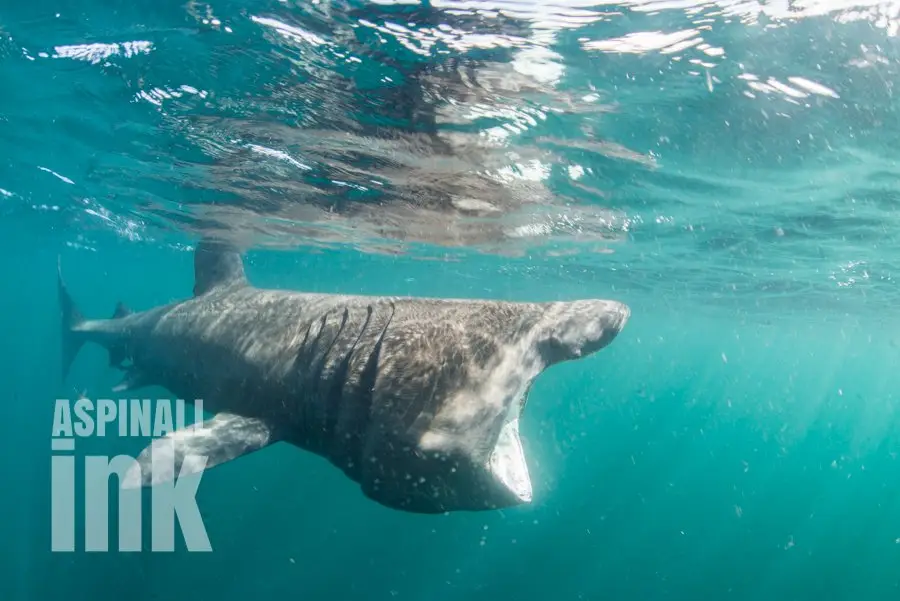In Search of a Plankton Feeder

The Basking Shark (Cetorhinus maximus) can reach lengths of up to 12m and is the largest shark in British waters and the second largest in the world after the Whale Shark. Both are plankton feeders, and it is the plankton rich water (primarily along the West Coast) during the spring and summer months which results […]
